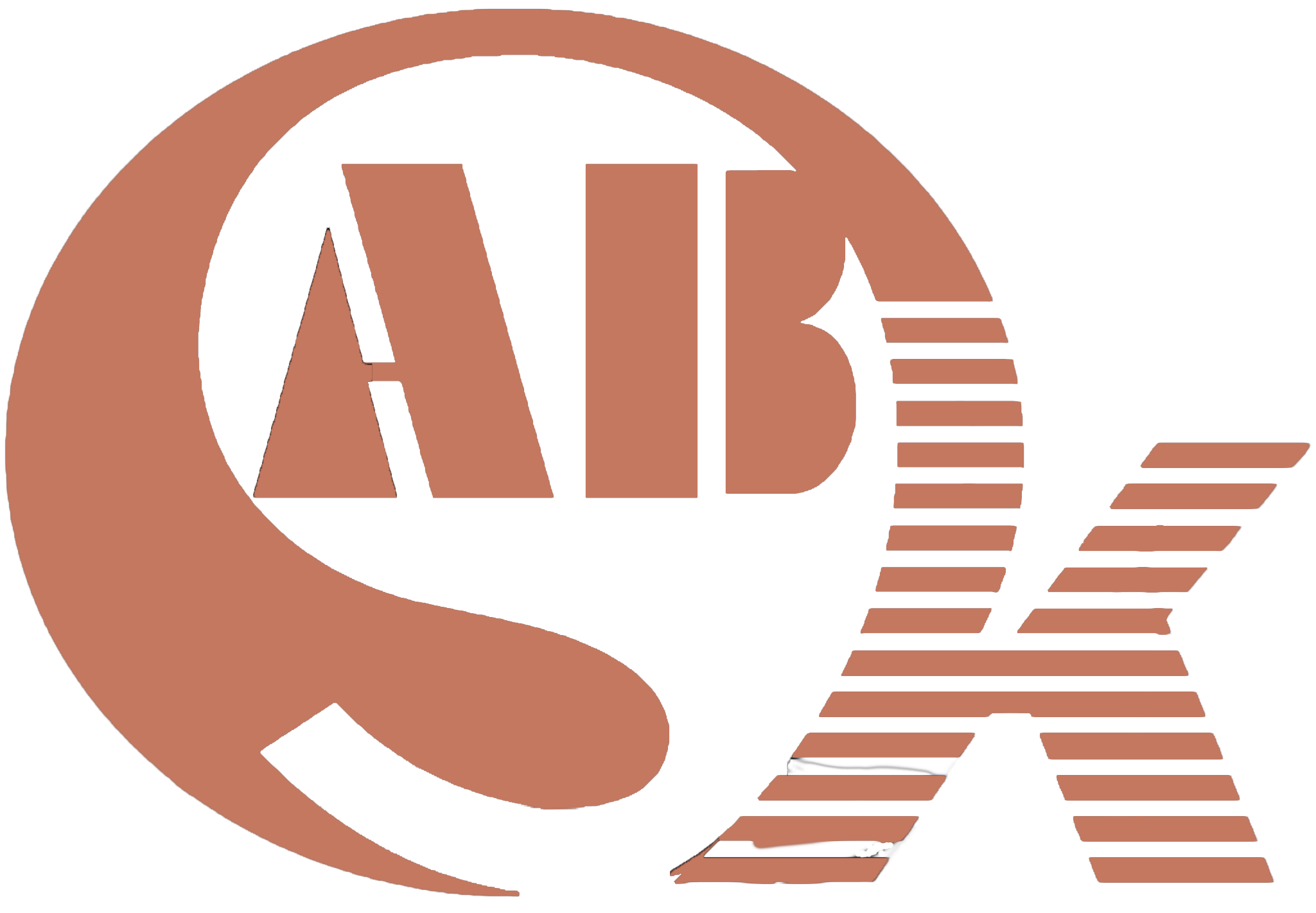Navigating Challenges: Unraveling the Intricacies of Difficult Welding Positions
Welding, a cornerstone in construction and manufacturing, encounters a myriad of challenges, especially when it comes to difficult welding positions. This article delves into the complexities surrounding challenging welding positions, addressing problems from various perspectives, exploring applications in related industries, and providing a comprehensive evaluation. With a focus on keywords such as rotary welding positioner, rotational weld fixture tables, and wind tower welding line, the aim is to engage customers with an insightful and easily digestible narrative.
The Conundrum of Difficulty: Deciphering Challenging Welding Positions
Welding positions can range from straightforward to highly challenging, requiring skill and precision. Understanding the difficulties associated with different welding positions is crucial for welders, manufacturers, and industries at large.
The Dance of Rotary Welding Positioners: A Ballet of Precision
Rotary welding positioners, often hailed for their precision, can pose challenges when tasked with intricate welding positions. These devices, designed to rotate workpieces for optimal welding access, demand a delicate balance of coordination between the positioner, the welder, and the nature of the weld itself. Achieving this synchronization is an art in itself.
The Puzzle of Rotational Weld Fixture Tables: Aligning Pieces for Perfection
Rotational weld fixture tables, integral in ensuring stability during welding processes, present their own set of challenges. Achieving the perfect alignment of components on these tables requires meticulous attention to detail. The complexity lies in the multifaceted nature of projects that demand rotational adjustments for seamless welding.
The Turntable Table Conundrum: Navigating the Circular Challenge
Turntable tables, an essential component in welding setups, bring forth a circular challenge. While they offer unparalleled flexibility in handling workpieces, welders face the difficulty of adapting to circular welding positions. Mastering the art of welding on a turntable table involves honing skills in circular motion control and precision.
Welding Positioners & Rotators: A Synchronized Ballet of Movements
Welding positioners and rotators, often working in tandem, contribute to the challenges posed by dynamic welding positions. The seamless coordination between these devices and the welder’s skill in adapting to rotating and positioning elements are critical. The difficulty intensifies when dealing with large-scale projects like wind tower welding lines.
DIY Sheet Metal Bender: Adding a Twist to Welding Challenges
In the realm of do-it-yourself (DIY) projects, a sheet metal bender introduces its own layer of complexity. DIY enthusiasts often grapple with aligning and bending sheet metal to achieve desired welding positions. This not only requires technical proficiency but also inventive problem-solving skills.
Steel Structure Building: Where Precision Meets Architectural Complexity
In the construction industry, steel structure buildings present a unique set of welding challenges. The intricate joints and varying thicknesses of steel components demand expertise in navigating welding positions. The welder’s ability to adapt to diverse welding angles and positions becomes pivotal in ensuring structural integrity.
Wind Tower Welding Line: Harnessing Precision in Towering Heights
The wind energy sector, marked by towering structures, introduces its own welding challenges. Wind tower welding lines demand precision in welding positions to ensure the durability and safety of these structures. Welders must contend with vertical and horizontal welding positions at considerable heights, emphasizing the need for specialized equipment.
Industry Perspectives: Navigating Challenges for Optimal Results
Industries relying on welding processes encounter challenges unique to their applications. In shipbuilding, the curvature of ship components requires adept handling of rotational welding positions. Automotive manufacturing faces challenges in welding intricate components within confined spaces. The perspectives from various industries underscore the need for tailored solutions to overcome welding difficulties.
Evaluation from a Customer-Centric Lens: Striking the Right Balance
From the customer’s standpoint, the challenges associated with difficult welding positions translate into concerns about project timelines and overall quality. The evaluation of welding solutions should prioritize the balance between efficiency and precision. Customers seek assurances that welding challenges are met with innovative tools and methodologies, ensuring the seamless execution of projects.
Conclusion: Embracing Complexity, Mastering Challenges
In conclusion, the complexities of difficult welding positions are an intrinsic part of the welding landscape. Whether dealing with rotary welding positioners, rotational weld fixture tables, or wind tower welding lines, the key lies in embracing complexity and mastering challenges. As industries evolve, so do the tools and techniques that address difficult welding positions, promising a future where precision and adaptability seamlessly navigate the intricacies of welding projects.
